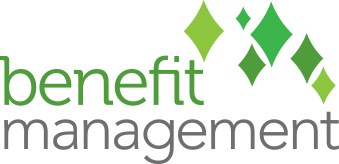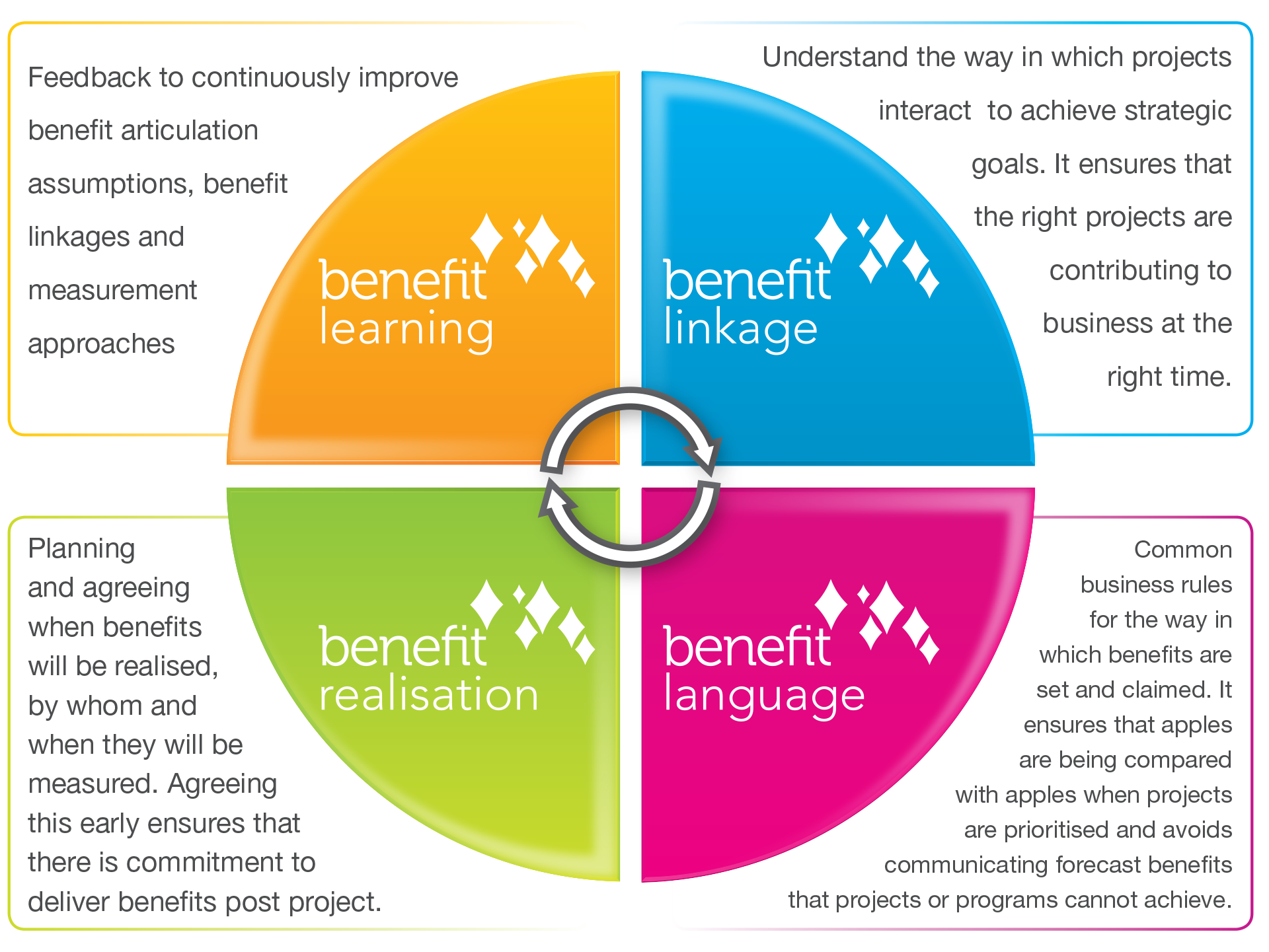Portfolio and Benefit Management,
Beyond Projects, Programs and the Business Case
Businesses continually try to grow and improve, no matter what industry they are in. Whether strategy is to increase market share, retain competitiveness or meet compliance requirements, the change is often delivered by projects and programs.
In your business, project management, as a competency, has focused on improving the rate of successful delivery of the infrastructure, IT, process and organisational changes that enable change to be achieved. Program management looks to group projects that are delivering towards common outcomes and focuses more on benefits realisation. Hopefully, both project and programs are underpinned by a sound business case.
OUR APPROACH
AND METHODOLOGY
At Benefit Management, our experience has shown that a holistic approach to benefit management needs to be taken and we have developed this through successful client application into our Benefits Lifecycle.
Our skill is in being able to help you practically apply this to your business to maximise your chance of achieving your strategic goals.
In the graphic to the right the 4 pillars of our methodolgy is explained
Download Our Methodology
COMPANY PROFILE
The biggest issue faced by organisations when implementing benefits management approaches is where to start! How to practically apply benefit management concepts is a big challenge and can quickly become very complex.
This is generally due to the scope of any implementation being too big (i.e. trying to change the whole organization at once), only considering benefits realisation components and, most commonly, spending too much time formulating and agreeing theoretical models rather than delivering practical value.
We don’t do that, we believe our value is in being able to work with you to practically apply the successful approaches that we have developed to your business. For the technically minded, these are based on learning and experience from PMBoK and OGC methods (MSP and PRINCE2), but are founded in our experience in making benefits management practically work.
Benefit Management has worked in the electricity (distribution and retail), public transport, health, labour hire, finance and online education industries. We have a background in project management, program management, portfolio management, governance and strategy, but it always comes back to one thing – the achievement of benefits.
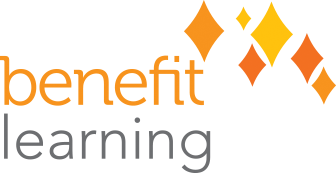
"How can we get better at getting better?"
Benefit Learning is the process by which business rules for benefits forecasting are improved, accountabilities for realisation are managed and forecast benefit expectations are improved.
The objective is to be continually narrowing the gap between forecast benefits and those actually realized.
As benefits are realized, actual results are measured. The difference between what is measured and what is forecast occurs either because estimates were wrong, the business environment has changed or because of performance issues.
We work with you to identify the cause of any variation and update your benefit management framework or put other management interventions in place to resolve identified issues.
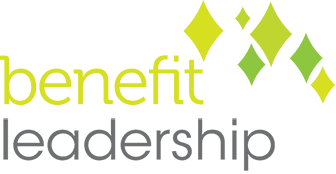
"Are we getting what we wanted?"
Benefit Leadership is what is most commonly meant when referring to benefits management. It covers the timing, accountability and measurement of benefits included within approved project and program business cases.
This means that benefits leadership is a key linkage to performance management both at a business unit and personal level.
We work with you to assess and apply benefits management at the project and program level.
This is very often the starting point for us as we help you look for consistency and overlap between projects and determine if claimed benefits are actually being realised.
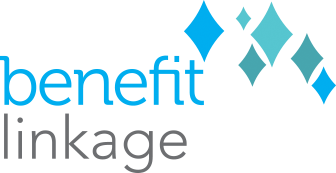
"How does everything link together?"
With so much project and program activity going on in your business, how do you know that it all links together to achieve your strategic goals? Benefits Linkage shows and measures the contribution of projects and programs toward strategic goals of the business.
Beyond simple benefits “maps”, it seeks to identify how projects and programs work together to achieve measurable benefits and to identify areas where potential benefits overlap may occur.
We seek to work with to identify the right mix of work, and when and how your projects and programs are important.
Understanding linkages is all about context and visibility across projects and programs of work. Through appreciating how a given project or program contributes to other areas of the business and longer term strategic goals, it becomes a lot clearer to set reasonable benefit targets for the projects or programs to achieve.
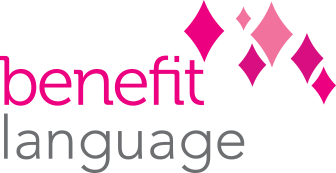
"Comparing apples with apples"
A common Benefit Language ensures that there is both consistency and rigor in the way that benefits are forecast and claimed. This takes into account that the groups that respectively deliver projects, are accountable for benefits and report on corporate performance are different.
This means that without common language, there is potential for variation in the way that benefits are claimed and/ or reported. It also means that the same benefits can be forecast using different business rules and assumptions across the business if care isn’t taken.
We work with you to define a Benefit Language for your business as a common way of articulating the business rules and measures that will be used across projects and programs.
It defines which benefits the organization is interested in tracking and the business rules from which these can be forecast.
Testimonials
Benefit Management assisted TransLink in implementing investment, program and project capabilities over a twelve month period.
This was one of 12 transformational priorities for the business. Benefit Management focused on helping TransLink get our governance models right so that we could ensure that we had effective control in the programs that we deliver, and are involved in, to achieve our strategic mandate.
As a result of this work, TransLink achieved Australian Institute of Project Management “Project Managed Organisation” status in February 2010. Far from being an end point, Benefit Management’s approach has ensured that the TransLink team has taken ownership of the approaches that were implemented and benefits from this work continue to be realised.
TransLink Transit Authority
We engaged Benefit Management to review our PMO function and to assist us to improve our project management processes.
Over a 12-month period, we introduced governance processes in line with global best practice. We made significant improvements to the way projects are designed, approved, prioritised and managed, as well as vastly improved visibility of the portfolio of projects. The Executive team now have confidence that business change projects and initiatives are aligned to the strategic direction and will deliver value to Sunsuper.
Using globally recognised methodologies and innovative tools and techniques, Richard Gaunt worked with us to implement significant step-change in the way we manage business change. Richard worked very effectively with our internal team to transfer knowledge and ensure that the changes we were introducing could be sustained.
General Manager - People & Strategy
Sunsuper
Benefit Management has assisted us from the very start of our business.
From initially helping us formulate a clear plan for what we wanted to achieve, through to directing establishment and implementation of our online education business, we have found Benefit Management’s help invaluable.
Understanding the choices that we needed to make in delivering our business and an insistence on running as a professional organisation from the start has made realization of our business much easier, not the least of which has been enabling us to secure capital investors.
SMSF Eductation
